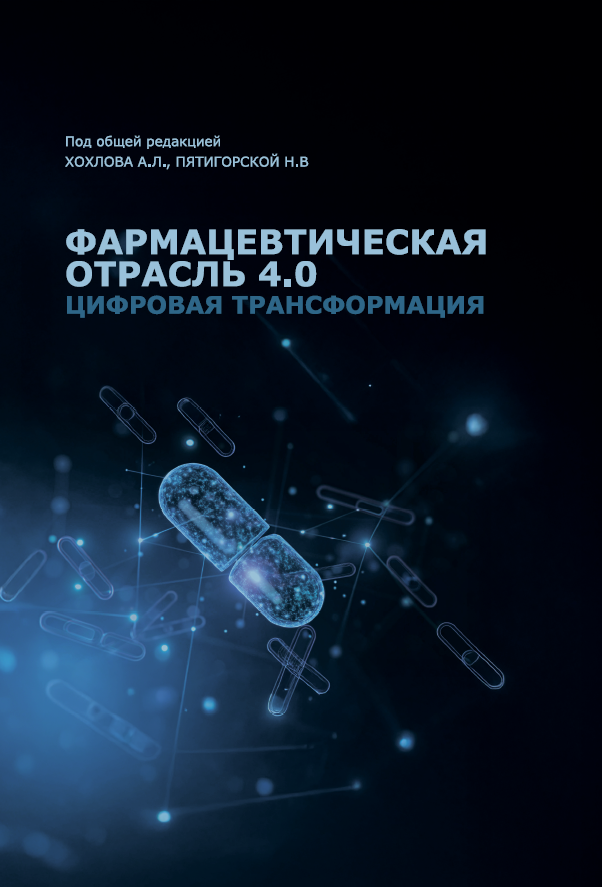Pharmacotherapy of pregnant women at high perinatal risk in real-world clinical practice
https://doi.org/10.37489/2588-0519-2025-3-35-45
EDN: NMXZKD
Abstract
Background. In pregnant women at high perinatal risk, irrational pharmacotherapy can lead to ineffective treatment, severe maternal and fetal complications, and increased healthcare costs. Adherence to evidence-based clinical guidelines is therefore critical for optimizing therapeutic outcomes.
Objective. To evaluate the pharmacotherapy regimens of pregnant women at high perinatal risk in Saratov and assess their compliance with clinical guidelines.
Methods. A retrospective pharmacoepidemiological study was conducted, analyzing 200 outpatient medical records of pregnant women at high perinatal risk. The analysis focused on the structure of prescribed drugs and their daily dosages relative to guideline recommendations.
Results. Polypharmacy (concurrent use of ≥5 drugs) was most prevalent in the third trimester (8.5% of patients). The most frequent drug combination was vitamin-mineral complexes with progesterone, prescribed to 11%, 10.5%, and 8.5% of patients in the first, second, and third trimesters, respectively. Widespread non-compliance with guidelines was observed: potassium iodide was dosed inappropriately in 99%, 100%, and 97% of cases across the trimesters; folic acid dosage was incorrect in 70.5% of cases. Antihypertensive therapy was omitted in 57% of patients with arterial hypertension and 77% with gestational hypertension or hypertensive vegetative-vascular dystonia. Drug use was also frequently inconsistent with recommendations for dipyridamole (97% of cases), acetylsalicylic acid (33%), and anticoagulants for thromboembolic prophylaxis (86%).
Conclusion. Pharmacotherapy for pregnant women at high perinatal risk in this setting demonstrates significant non-adherence to clinical guidelines, potentially compromising treatment efficacy and safety. These findings underscore the need for enhanced monitoring of prescribing practices and interventions to improve physician adherence to established recommendations.
About the Authors
A. V. SokolovRussian Federation
Elena B. Sokolova — Obstetrician-gynecologist
Saratov
Competing Interests:
The authors declare no conflict of interest
E. B. Sokolova
Russian Federation
Alexey V. Sokolov — Cand. Sci. (Med.), Senior Lecturer at the Department of Pharmacology
Saratov
Competing Interests:
The authors declare no conflict of interest
O. V. Reshetko
Russian Federation
Olga V. Reshetko — Dr. Sci. (Med.), Professor, Head of the Department of Pharmacology
Saratov
Competing Interests:
The authors declare no conflict of interest
A. S. Arakelian
Russian Federation
Alina S. Arakelyan — student
Saratov
Competing Interests:
The authors declare no conflict of interest
V. A. Dudnik
Russian Federation
Victoria A. Dudnik — student
Saratov
Competing Interests:
The authors declare no conflict of interest
References
1. Ershova E.G., Remneva O.V. Obstetric risk. Critical aspects of the perinatal prognosis system. Mother and child in Kuzbass. 2018; 2:15-19 (In Russ.).]. DOI: 10.1681/ASN.2005121332.
2. Khaskhanova L.Kh., Nunaeva E.S. Management of pregnant women in high-risk groups. – G.: ChSU named after. A.A. Kadyrova, 2022. – 1058 p. (In Russ.). DOI: HYPERLINK "https://doi.org/10.37800/rm.1.2022.68-76"10.37800/rm.1.2022.68-76.
3. Sandakova E.A., Zhukovskaya I.G., Semenova M.V. et al. Pharmacotherapy in pregnant women. Russian Journal of Woman and Child Health. 2021;4(2):115–118.
4. Kretinina S.I. Pregnancy outcomes for fetuses and patients receiving pharmacological support: Diss. Cand. Med. Sci. – Voronezh, 2013. – 135 p. (In Russ.).
5. Lyzikova Yu.A., Einysh E.A. Use of drugs during pregnancy. Health and environmental issues. 2012;3:88-95. (In Russ.). DOI: 10.20953/1726-1678-2018-5-73-76.
6. Lukina Yu.V., Kutishenko N.P., Martsevich S.Yu., Drapkina O.M. Problematic issues and development of classifications of the main parameters of quality and adherence to pharmacotherapy. Part II: physician adherence to clinical guidelines and official drug labels. Cardiovascular Therapy and Prevention. 2024;23(2):3920. (In Russ.). DOI: 10.15829/1728-8800-2024-3920.
7. Kisa A, Sabate E, Nuno-Solinis R, Karkasgian C. Adherence to longterm therapies: Evidence for action. World Health Organization. 2003. 216 pages [English]. DOI: 10.5144/0256-4947.2004.221.
8. Reshet'ko O.V., Lutsevich K.A., Klimenchenko N.I. Pharmacological safety during pregnancy: principles of teratogenesis and teratogenicity of drugs. Pediatric pharmacology. 2016; 12: 105-115 (In Russ.). DOI: 10.15690/pf.v13i2.1551.
9. Clinical Guidelines – Normal Pregnancy – 2020-2021-2022 (11.06.2021) Approved by the Ministry of Health of the Russian Federation]. Доступно по: http://disuria.ru/_ld/11/1151_kr20Z32Z36MZ.pdf. Ссылка активна на 25.02.2025.
10. Petrukhin V.A. et al. Optimization of iodine prophylaxis in pregnant women in regions with mild iodine deficiency. Obstetrics and Gynecology. 2024;3:23-39. DOI: 10.26435/uc.v0i3(36).603.
11. Clinical Guidelines – Normal Pregnancy – 2023-2024-2025 (15.02.2024) Approved by the Ministry of Health of the Russian Federation. Доступно по: https://srb-48.gosuslugi.ru/netcat_files/44/136/KR_Normal_naya_beremennost_.pdf. Ссылка активна на 25.02.2025.
12. Description of the drug Femibion 1. Доступно по: https://www.vidal.ru/drugs/femibion-natalcare-i?ysclid=m83dvnugnc296522361 ссылка активна на: 25.02.2025.
13. Description of the drug Femibion 2. Доступно по: https://www.vidal.ru/drugs/femibion-natalcare-ii?ysclid=m83dxl02wg675225390 ссылка активна на: 25.02.2025.
14. Preeclampsia. Eclampsia. Edema, proteinuria, and hypertensive disorders during pregnancy, childbirth, and the postpartum period – 2021. Доступно по: http://disuria.ru/_ld/10/1046_kr21O10O16MZ.pdf ссылка активна на: 25.02.2025.
15. Order 7.11.2012 №588n «On approval of the standard of specialized medical care for fetal hypoxia, insufficient fetal growth, and other place
Review
For citations:
Sokolov A.V., Sokolova E.B., Reshetko O.V., Arakelian A.S., Dudnik V.A. Pharmacotherapy of pregnant women at high perinatal risk in real-world clinical practice. Kachestvennaya Klinicheskaya Praktika = Good Clinical Practice. 2025;(3):35-45. (In Russ.) https://doi.org/10.37489/2588-0519-2025-3-35-45. EDN: NMXZKD
















































